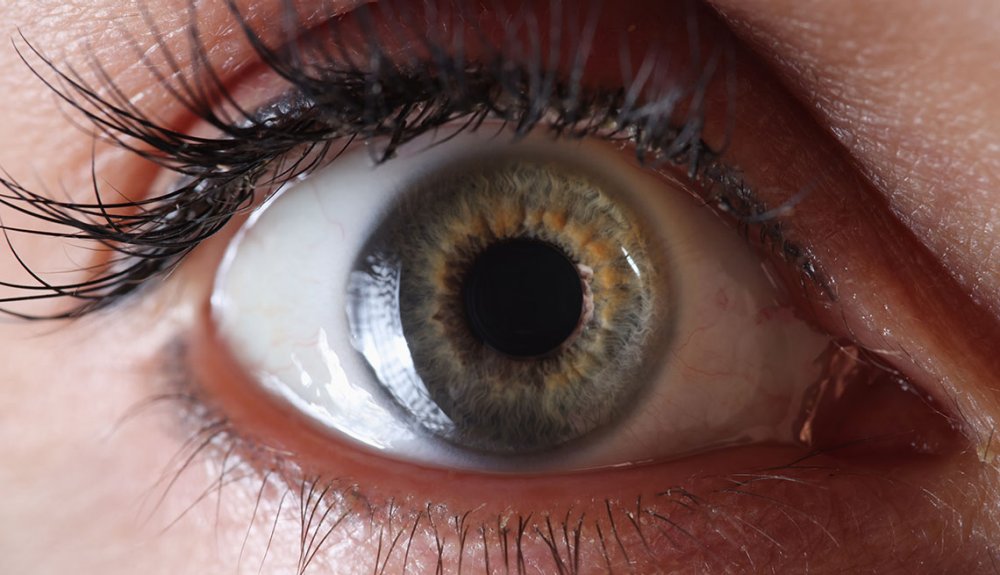All Categories
Featured
Laser eye surgery has changed vision adjustment, using countless individuals a choice to glasses and get in touch with lenses. Throughout the years, developments in technology and techniques have significantly boosted the security, precision, and end results of these treatments. Let's explore the advanced advancements shaping the future of laser eye surgical treatment.
One of the most innovative improvements is wavefront-guided LASIK. This modern technology uses comprehensive 3D mapping of the eye to identify one-of-a-kind flaws in a person's vision.
![]()
Unlike LASIK, which involves developing a corneal flap, SMILE only needs a tiny laceration to eliminate a slim layer of tissue (lenticule) from the cornea. This method preserves corneal toughness and minimizes the risk of dry eyes.
![]()
The intro of femtosecond lasers has actually transformed corneal surgical treatment. These ultra-fast lasers run with extraordinary accuracy, allowing surgeons to develop smoother and extra predictable incisions. In LASIK procedures, femtosecond lasers are used to produce the corneal flap with unrivaled accuracy, minimizing complications and improving recuperation times.
Topography-guided laser therapies focus on addressing irregularities in the corneal surface area. This improvement is especially practical for individuals with corneal scars or uneven astigmatism. By producing a much more uniform corneal form, topography-guided treatments can enhance both vision high quality and individual complete satisfaction.
Expert system (AI) is progressively being incorporated into laser eye surgical treatment. AI-driven algorithms assess large amounts of information to help specialists in preparation and executing treatments with better precision. This modern technology guarantees optimum therapy specifications and minimizes the chance of human error.
Thanks to developments in modern technology, even more individuals are currently qualified for laser eye surgical procedure. Techniques like SMILE and topography-guided therapies make it possible to deal with people with conditions that were formerly thought about contraindications, such as high slim corneas or refractive errors.
Modern laser eye surgery strategies focus on person comfort and quicker healing. Boosted accuracy minimizes tissue damage, lowering inflammation and permitting patients to return to their everyday activities within days.
While not a refractive surgical treatment in itself, corneal cross-linking has come to be an important therapy for keratoconus individuals. When combined with laser strategies, it can boost and support the cornea vision for those with this modern eye condition.
Verdict
Improvements in laser eye surgical procedure remain to push the boundaries of what's possible in vision adjustment. From customized procedures to AI-driven advancements, these innovations are making surgery safer, more efficient, and available to a bigger variety of individuals. Seek advice from with a qualified eye doctor to discover just how these developments can benefit your specific demands and way of living. if you're considering laser eye surgical treatment.
- Personalized Wavefront-Guided LASIK
One of the most innovative improvements is wavefront-guided LASIK. This modern technology uses comprehensive 3D mapping of the eye to identify one-of-a-kind flaws in a person's vision.
- SMILE: Small Laceration Lenticule Removal

Unlike LASIK, which involves developing a corneal flap, SMILE only needs a tiny laceration to eliminate a slim layer of tissue (lenticule) from the cornea. This method preserves corneal toughness and minimizes the risk of dry eyes.
- Femtosecond Laser Modern Technology

The intro of femtosecond lasers has actually transformed corneal surgical treatment. These ultra-fast lasers run with extraordinary accuracy, allowing surgeons to develop smoother and extra predictable incisions. In LASIK procedures, femtosecond lasers are used to produce the corneal flap with unrivaled accuracy, minimizing complications and improving recuperation times.
- Topography-Guided Therapies
Topography-guided laser therapies focus on addressing irregularities in the corneal surface area. This improvement is especially practical for individuals with corneal scars or uneven astigmatism. By producing a much more uniform corneal form, topography-guided treatments can enhance both vision high quality and individual complete satisfaction.
- Expert System in Laser Surgery
Expert system (AI) is progressively being incorporated into laser eye surgical treatment. AI-driven algorithms assess large amounts of information to help specialists in preparation and executing treatments with better precision. This modern technology guarantees optimum therapy specifications and minimizes the chance of human error.
- Enhanced Candidacy for Surgical Procedure
Thanks to developments in modern technology, even more individuals are currently qualified for laser eye surgical procedure. Techniques like SMILE and topography-guided therapies make it possible to deal with people with conditions that were formerly thought about contraindications, such as high slim corneas or refractive errors.
- Faster Recuperation Times
Modern laser eye surgery strategies focus on person comfort and quicker healing. Boosted accuracy minimizes tissue damage, lowering inflammation and permitting patients to return to their everyday activities within days.
- Corneal Cross-Linking for Keratoconus
While not a refractive surgical treatment in itself, corneal cross-linking has come to be an important therapy for keratoconus individuals. When combined with laser strategies, it can boost and support the cornea vision for those with this modern eye condition.
Verdict
Improvements in laser eye surgical procedure remain to push the boundaries of what's possible in vision adjustment. From customized procedures to AI-driven advancements, these innovations are making surgery safer, more efficient, and available to a bigger variety of individuals. Seek advice from with a qualified eye doctor to discover just how these developments can benefit your specific demands and way of living. if you're considering laser eye surgical treatment.
Latest Posts
Sophisticated, Resilient Ceramic Tile Flooring for every single Area
Published Apr 19, 25
1 min read
Style and Efficiency Combined
Published Apr 19, 25
1 min read
Financial Security for Every Stage of Life
Published Apr 19, 25
1 min read